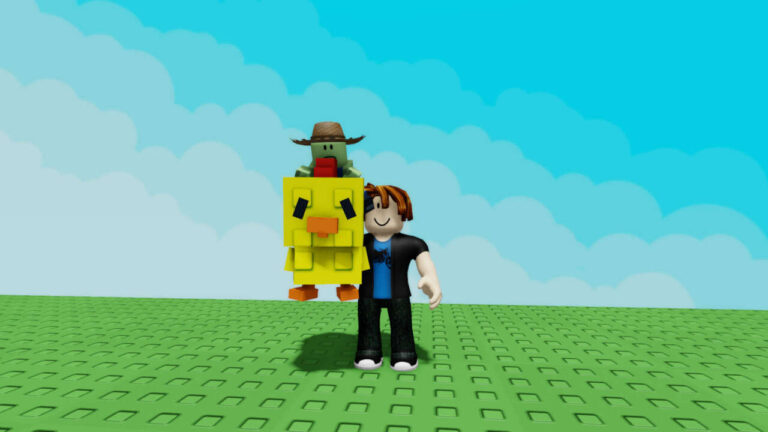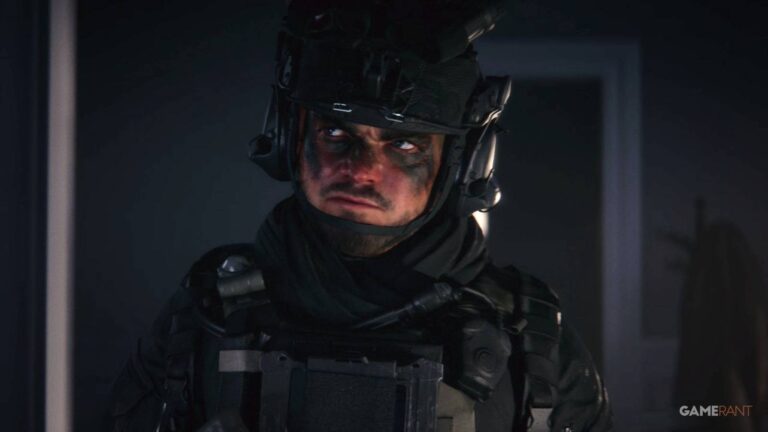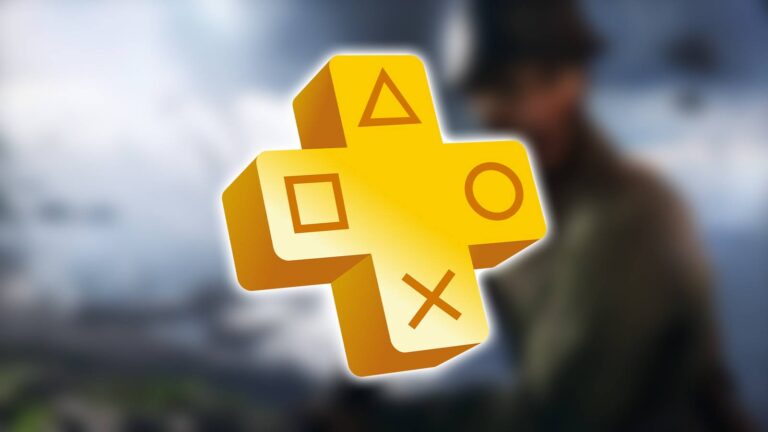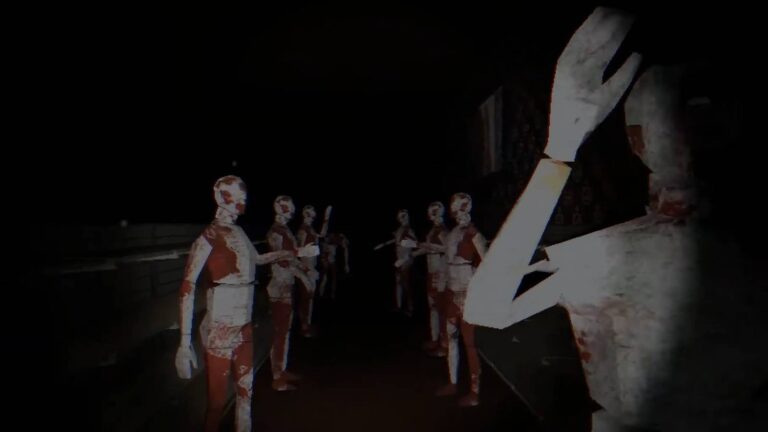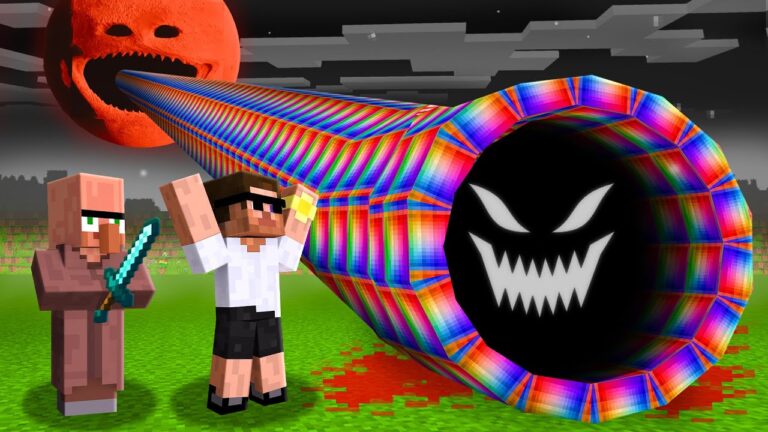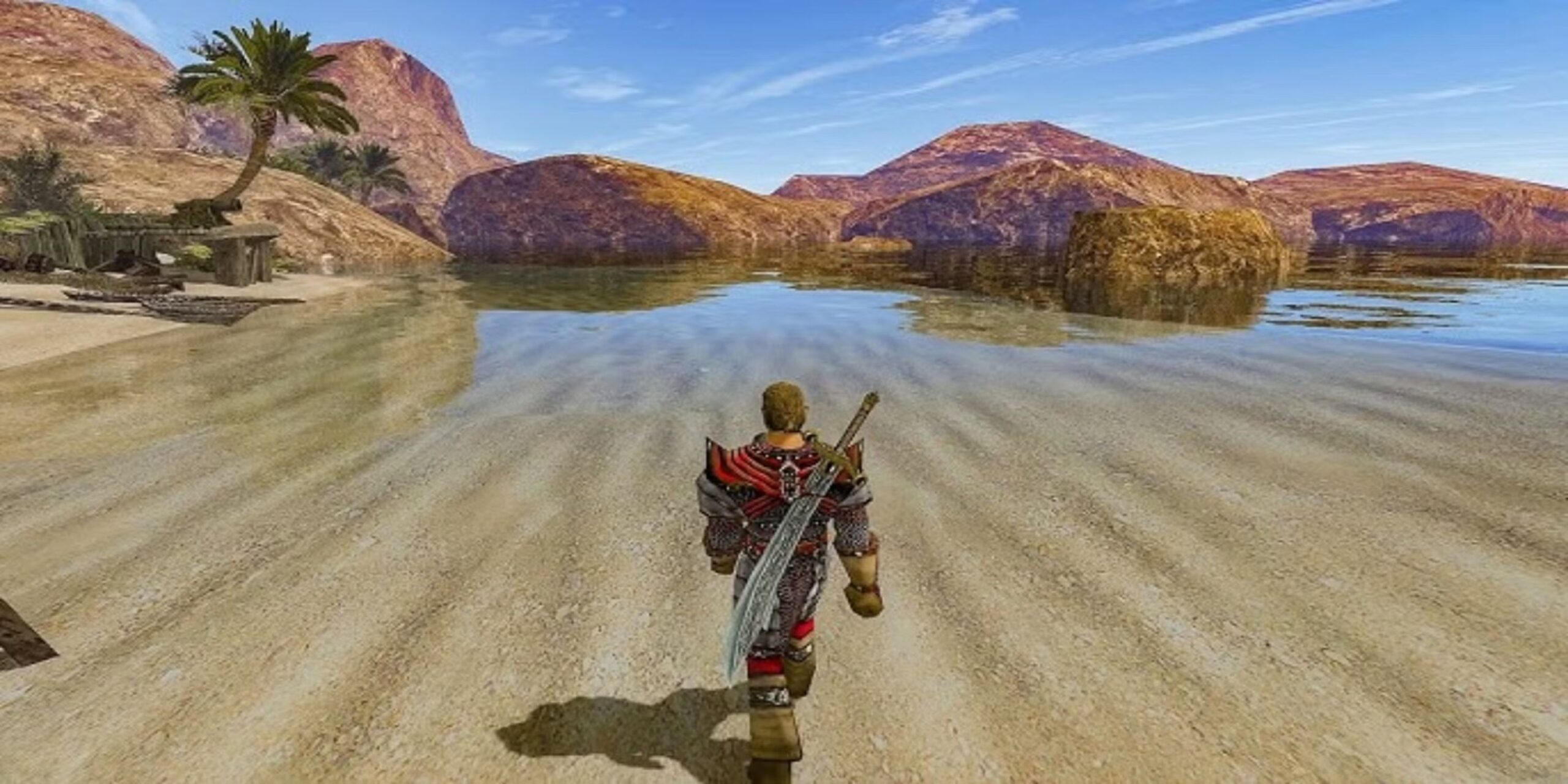
Summary
- Open-world games don’t need vast sizes to feel expansive; it’s about clever design and deep exploration.
- Games like A Short Hike and Minit make small worlds feel huge through intricate designs and hidden details.
- Scope in open-world games isn’t about size, but how deeply players are immersed in the world’s intricacies and layers.
Open-world games don’t need to sprawl across multiple continents to feel vast. Sometimes, all it takes is a cleverly designed map, smart traversal, and that feeling where every corner holds a secret and every path leads somewhere unexpected. These are the titles that look modest in size but end up swallowing hours, not because of filler content, but because every inch is crafted to be explored with care.
Whether it’s a tight loop built around twenty-second lives or a single mountain that somehow feels like a country, these open-world games prove that scope isn’t measured in square kilometers; it’s measured in how deeply they pull players in.
Gothic 2
Two Towns, Three Factions, And A Forest That’s Definitely Trying To Kill You
Compared to modern RPGs, Gothic 2’s world is modest. Just a few connected regions and a single town that acts as the central hub. However, the way the world interlocks is masterful. Players start out weak, barely able to fend off a scavenger, and are funneled into corners of the world carefully scaled to their growth. Eventually, those very same regions that once required caution become highways back to places they thought they knew. Except now, the world has changed around them.
The NPCs have schedules, factions clash in subtle, passive ways, enemies roam and react to the player’s presence, and quests spiral into each other in tangled, often unexpected directions. Even getting accepted into one of the city’s guilds can take hours of politicking, bribery, and sneaking through back alleys. The map itself doesn’t need to be big because simply understanding it takes time, and that makes every inch of the valley feel earned.
The Pathless
Every Step You Take Is A Shortcut Waiting To Happen
There’s no fast travel in The Pathless, but somehow, movement never feels slow. That’s because traversal is the game. Sprinting across the island while shooting talismans mid-run builds momentum, and with the eagle companion in tow, the act of navigating the world becomes a rhythm, a kind of motion-based puzzle where the reward isn’t just reaching a destination, but how stylishly players get there.
It’s not an enormous island, but the way it’s divided into biomes, and the fact that movement is completely untethered—no mini-map, no GPS, just a sense of direction and landmarks—makes it feel vast. Players don’t just blaze from marker to marker. They explore organically, drifting off paths, landing in forgotten ruins, and piecing together lore through environmental storytelling. The sense of scale comes from how little handholding there is. The more players learn to read the land, the larger and more mysterious it begins to feel.
A Short Hike
A Bird, A Backpack, And A View That Stretches On Forever
Some games don’t ask players to save the world. A Short Hike doesn’t even ask players to rush. It’s built around one simple goal: reaching the top of Hawk Peak. However, the journey up is so packed with tiny interactions, charming detours, and lighthearted distractions that reaching the summit becomes a secondary concern. Even though the island is technically small, it’s layered in a way that makes it feel endlessly explorable.
Every elevation shift changes perspective. Every new glider path offers another angle on a place already visited. There are hidden treasures tucked behind waterfalls, side characters with their own mini-narratives, and trails that loop back on themselves in satisfyingly thoughtful ways. The verticality is a big part of what sells the illusion because flying from the peak all the way down and seeing how much there actually is packed into this cozy map makes it feel far more expansive than its file size would suggest.
Minit
The World Isn’t Ending In 60 Seconds, But Your Life Definitely Is
A time loop built on sixty-second sprints doesn’t sound like much, but Minit makes those fleeting minutes feel like an entire journey. Every life is a mad dash, but not in a frantic way; it’s deliberate. Players learn the layout of the black-and-white world one chunk at a time, carving mental maps through repetition. Slowly, what starts out as a disconnected string of errands transforms into a deeply interconnected space where every item unlocks another thread.
The map itself isn’t big. In raw size, it could probably be crossed in one long dash, but the structure is the secret. Each new screen folds into the last, and when players start unlocking shortcuts, ferry routes, and hidden tools, the whole thing blossoms outwards. There’s a feeling of seeing behind the curtain, of understanding the “rules” of the world in a way that makes it feel so much larger than it is. Especially when one wrong detour wastes an entire life.
Tunic
If The Manual Doesn’t Help, The World Will
At first glance, Tunic looks like a cute isometric Zelda tribute, but anyone who sticks around quickly realizes that this is a dense puzzle box disguised as an action adventure. The island the fox protagonist explores isn’t massive in footprint, but it’s staggeringly complex. Every screen has layers. Every structure hints at something beneath. Oftentimes, the answers to a problem sit just outside the player’s understanding, until they learn to look differently.
The key to how Tunic makes its small world feel gigantic is perspective, both visual and conceptual. Paths overlap and intersect with each other. Secret passages hide in plain sight. Eventually, what seemed like an aesthetic choice—those unreadable symbols in the in-game manual—becomes the true core of the experience. It’s the kind of world that folds in on itself and teaches players to recontextualize everything, and once the language begins to click, so does the terrifying scope of what was hidden all along.
Disco Elysium
The Only Thing More Complex Than This City Is Its People
Martinaise isn’t a big place. It’s just a rundown coastal district in a war-torn city, with a few streets, some dilapidated apartments, and a boarded-up church. But Disco Elysium turns it into one of the most overwhelming open worlds in RPG history, not through combat or collect-a-thons, but through layers upon layers of context, dialogue, and consequence. Every location has a history, every person has something to say, and every action, no matter how small, lands like a brick in a puddle.
There’s no fast travel in Disco Elysium, not because the map’s too big, but because walking from the hotel to the pawn shop means something. Events shift depending on the time of day. Dialogue options change with knowledge. That one locked door from day one might finally open ten hours later, thanks to a line of text players didn’t realize was the key. The physical space may be limited, but mentally, emotionally, and politically, it’s a sprawl.
Outer Wilds
Exploration Has A Schedule. And It’s Ticking
The solar system in Outer Wilds is tiny. Tiny enough to fly from one planet to another in under a minute. Yet the moment players grasp that everything operates on a 22-minute time loop, that the planets change over time, collapse into themselves, or reveal secrets only at certain moments, the scale multiplies exponentially. Suddenly, those little orbs of terrain become impossibly large because every one of them has to be learned across time, not just space.
There’s a black hole at the center of one planet. A museum artifact that leads to a sun station. A floating quantum moon disappears unless it’s constantly observed. Every one of those things is layered into the narrative and the world’s physical construction. It’s not just clever design; it’s clockwork, and unraveling it piece by piece turns this bite-sized solar system into a full-blown universe that players will carry in their heads long after the credits.
